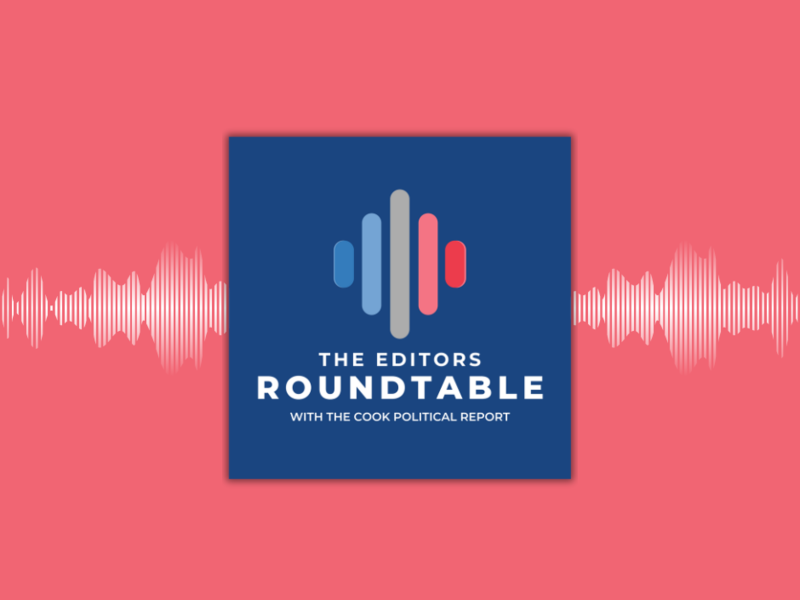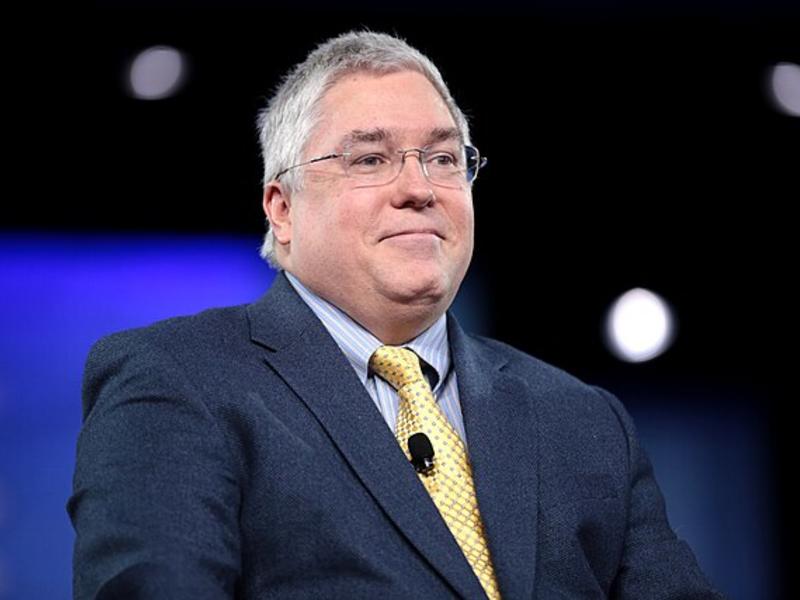
Robert Mueller’s work has largely concluded and President Trump’s legal exposure has been diminished—at least on the charge that he and his campaign coordinated with Russian intelligence. So what kind of bounce can Trump expect in his approval ratings?
As of this column’s Thursday-afternoon deadline, the only post-summary survey available has been from quick online polls or robo-polls. One live telephone-interview survey by Quinnipiac University was in the field and mostly completed before the summary was released. By the end of this weekend there is likely to be a ton of good data available.
My guess is that we will see an increase in Trump’s approval ratings of between 2 and 5 points, depending upon each survey’s methodology and when it was last conducted. Further, I’d bet that any boost will be fairly temporary, with the numbers soon regressing to the norm.
The Gallup Organization’s Jeffrey Jones noted in a report in December that Trump’s approval ratings have been more stable than all previous post-World War II presidents during their first two years in office. In Gallup polling, Trump has never dropped below 35 percent or exceeded 45 percent. CNN’s polling shows identical lows and highs to Gallup. The Fox News polls have shown a similar range, although they’ve bottomed out just a bit higher, at 38 percent. (Fox polls include registered voters only; they never include nonregistered adults which most other polls do when outside an election season. This makes Fox’s Trump approvals run a touch higher.)
NBC News/Wall Street Journal polls conducted by Republican Bill McInturff and Democrats Peter Hart and Fred Yang have had a low of 38 percent and high of 47 percent (their most recent had Trump at 46 percent approval). The health-tracking survey by the Kaiser Family Foundation’s polling unit puts Trump’s low at 36 percent and his high at 45 percent (most recently 40 percent). The Pew Research Center shows an 8-point range, from 32 percent to 40 percent (most recently 37 percent). ABC News/Washington Post polls, conducted by Langer Research, produced an even-narrower span, just 6 points, from 36 percent to 42 percent, (most recently 37 percent).
The point of all of this is to emphasize how little elasticity there is in Trump’s approval ratings, no matter what is in the news. Since Gallup has been polling the longest, we always turn to them for a historical look. Going back to Eisenhower, no president has had such a narrow trading range in their first two years. President Obama’s initial two years saw job approval ratings fall along a 24-point range, 43 to 67 percent; President George W. Bush had a range of 39 points in his first two years, from 51 percent to 90 percent; President Clinton’s approvals in his first two years spanned 22 points, with a low of 37 percent and a high of 59 percent.
The unprecedented levels of partisanship we now see is part of the reason. Trump has enjoyed unusually high job-approval ratings among Republicans, most recently around 90 percent, and historically low job approvals among Democrats, usually in single digits. This limits elasticity to movement among independents, where Trump is typically in the 30s. The great intensity of feelings by both those who love Trump and those who hate him also diminish the variance: Between 70 and 75 percent have strong feelings on whether they approve or disapprove of him; few voters have malleable feelings.
When Trump doesn’t get a bounce following good news, conservatives are quick to blame the media. While few would argue that the news media is overly generous to Trump, there’s another, more important factor at play. If he does something popular or well or gets a favorable break, he then generally steps all over it or changes the subject. This week was a case in point, as he shifted to overhauling the health care system, and ramped up a legal effort to overturn the Affordable Care Act—an issue that tends to play into Democrats’ hands.
Trump will need to win swing voters by a 2-to-1 or 3-to-1 ratio to have any chance of an Electoral College majority. If he can’t get out of his own way, that is not happening.
This story was originally published on nationaljournal.com on March 29, 2019










Subscribe Today
Our subscribers have first access to individual race pages for each House, Senate and Governors race, which will include race ratings (each race is rated on a seven-point scale) and a narrative analysis pertaining to that race.